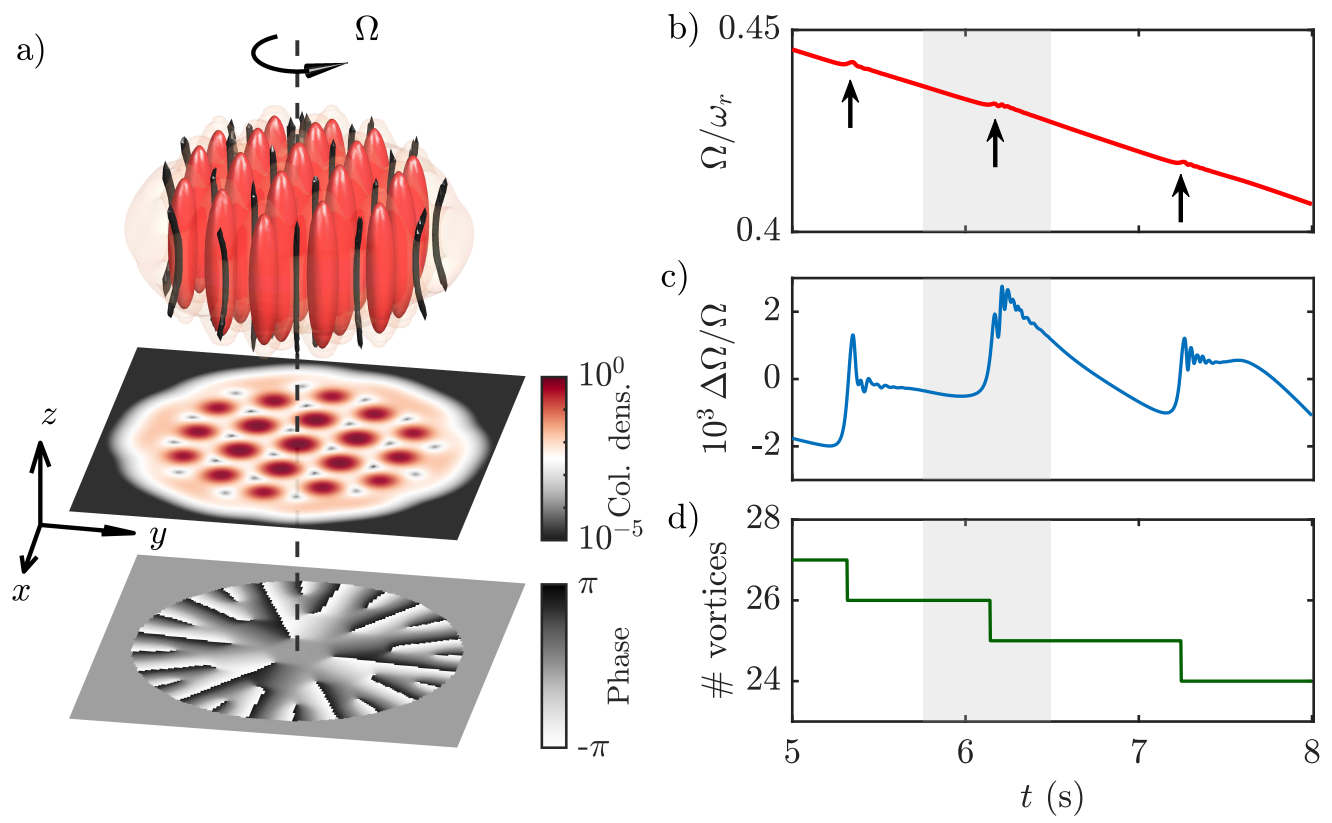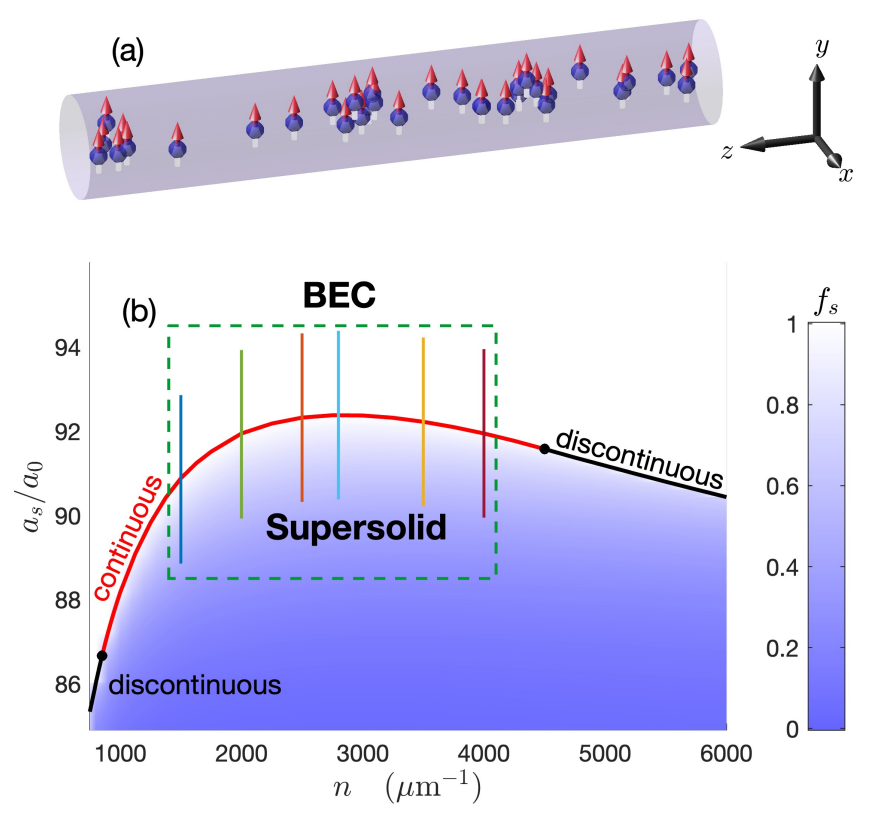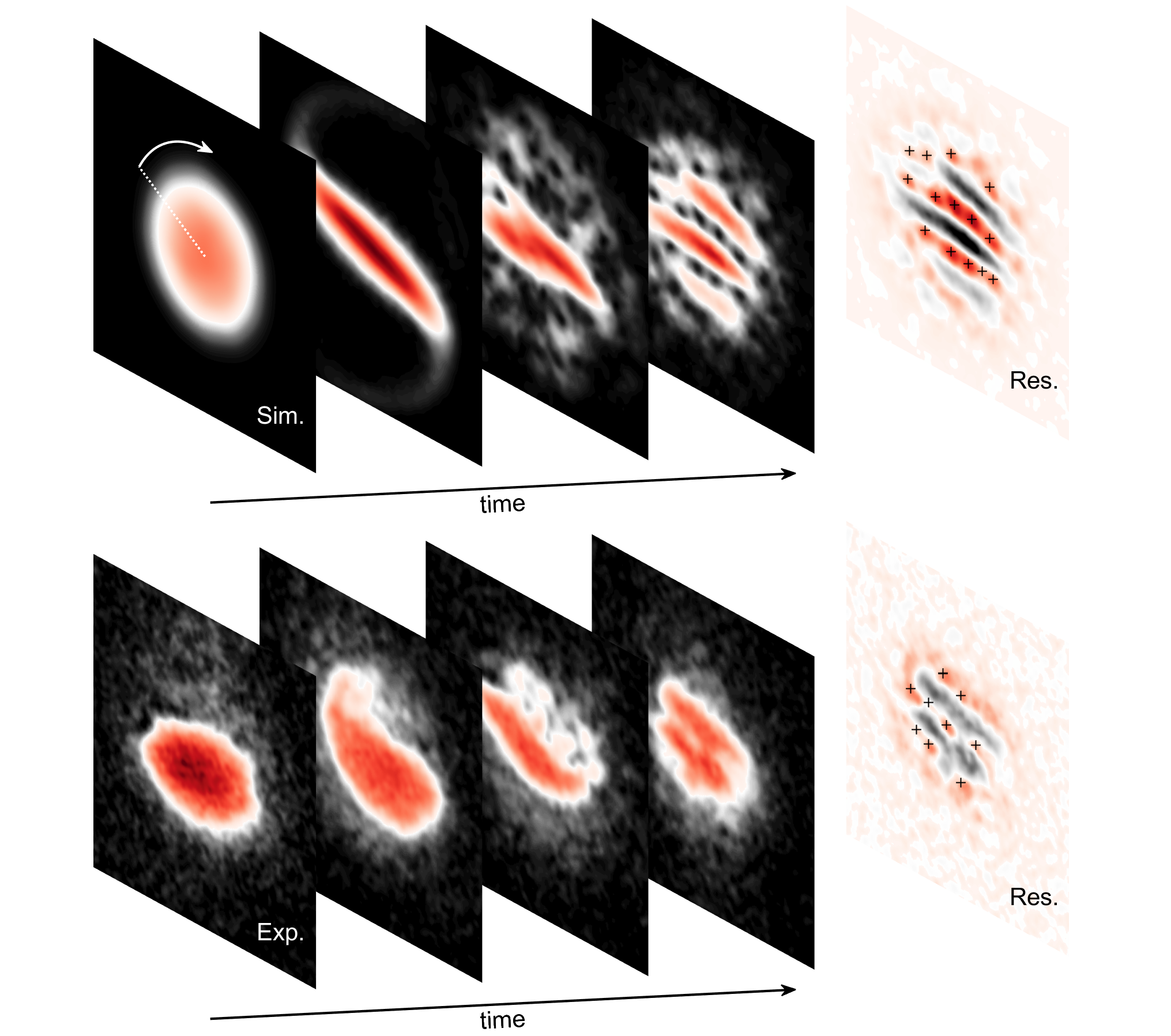Now published in Physical Review Letters! With colleagues here in Innsbruck and at the University of Otago, NZ, we predict a rich excitation spectrum of a binary dipolar supersolid in a linear crystal geometry, where the ground state consists of two partially immiscible components with alternating, interlocking domains. We identify three Goldstone branches, each with first-sound, second-sound or spin-sound character. In analogy with a diatomic crystal, the resulting lattice has a two-domain primitive basis, and we find that the crystal (first-sound-like) branch is split into optical and acoustic phonons. We also find a spin-Higgs branch that is associated with the supersolid modulation amplitude.
See the paper here: PhysRevLett.133.103401 and arXiv:2312.03390
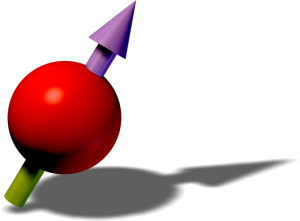
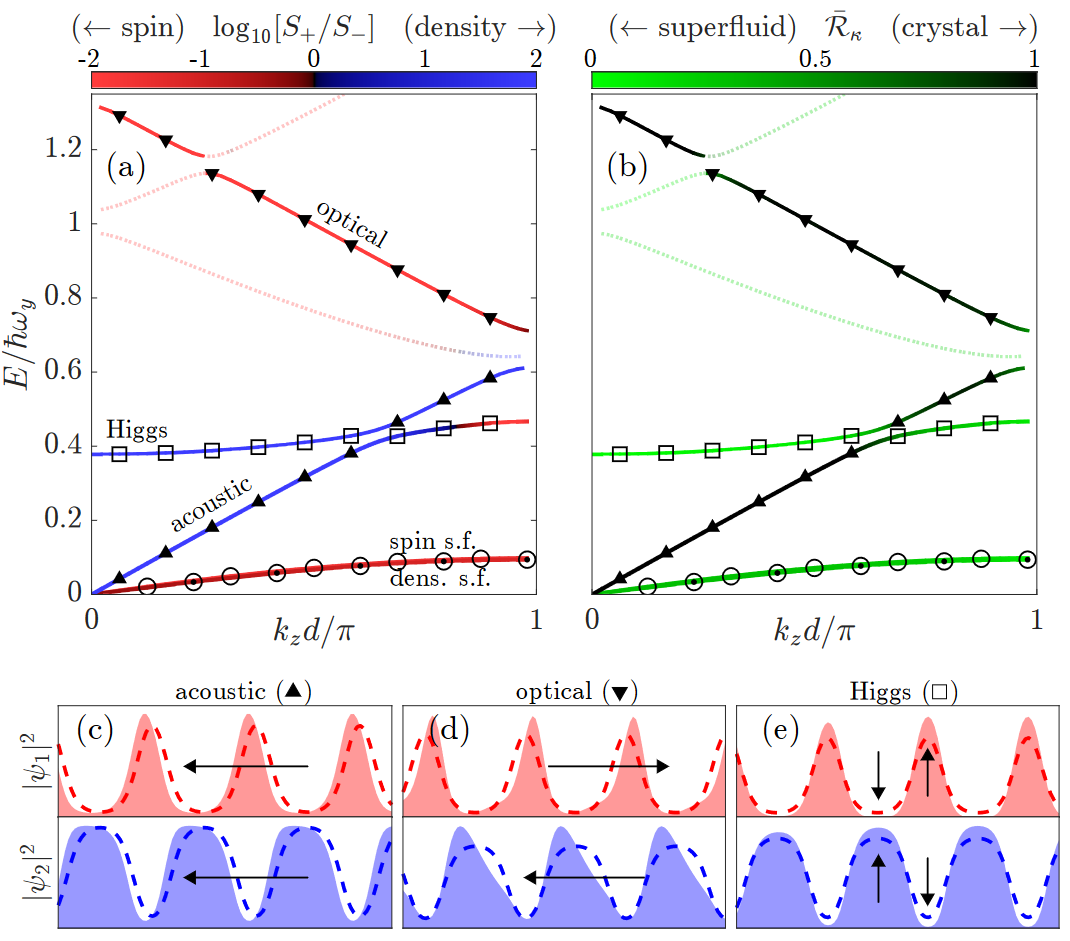

 If you have been searching for a high-level overview of the dipolar supersolid phase, look no further than this open access article by
If you have been searching for a high-level overview of the dipolar supersolid phase, look no further than this open access article by 